Unlike the traditional mass-media marketing and advertising, digital marketing employs online channels such as websites, social media, email, SEO, paid ads, etc., to connect with customers. Modern marketing prioritizes permission, trust-building and community while solving real problems and creating value for your target market audience.
Traditional marketing—think TV commercials, radio spots, newspaper ads, and billboards—once dominated how brands reached consumers.
These methods were great for building broad awareness but came with significant limitations: high costs, limited targeting, and little ability to measure exact impact. You could buy a magazine spread or a prime-time TV slot, but you couldn’t easily tell:
All that said, traditional media still has a role—after all, even digital-first brands like Apple and Google continue to work with marketing and advertising agencies, investing in billboards, event sponsorships, and TV ads to amplify brand awareness.

It allows you to meet consumers where they already are—on their phones, in their inboxes, or searching for answers online.
In practice, this means listening and serving customers’ needs rather than blasting generic ads. Effective digital marketing revolves around empathy and permission marketing–you earn the chance to communicate by offering value first.
By focusing on real customer needs (not on pushing products) and leveraging targeted online channels, digital marketing becomes a sustainable, customer-first strategy rather than a quick-fix ad campaign.
In this article, we will be covering:
Permission and Connection: We’ve entered a “permission” era – people can ignore ads at will. You must first earn attention by offering something useful (ebooks, tips, entertaining content, etc.) and build a relationship.
Good marketing “helps customers” and is a positive force, whereas “bad marketing” tries to scam or interrupt. In short, marketing today is about earning trust and permission, not grabbing attention by force.
This also means practicing empathy: understanding that your customer is constantly bombarded by messages, so you approach with care, relevance, and respect. As the acclaimed Wall Street Journal and Business Week Bestselling author, Seth Godin, emphasizes, there’s no room now for unwanted interruptions.
Precision Targeting (vs. Mass Media): Digital channels let you reach very specific audiences.
As Dr. Jessica Rogers, Senior Associate Dean of Business Programs of Southern New Hampshire University Online says, “Traditional media is a great way to reach a broad consumer base, whereas digital media has the ability to reach very specific audiences,” depending on where your target customers actually are.
Instead of trying to appeal to everyone, focus on the right people for your product (Seth Godin calls this the smallest viable market).
This also means practicing empathy: understanding that your customer is constantly bombarded by messages, so you approach with care, relevance, and respect. As the acclaimed Wall Street Journal and Business Week Bestselling author, Seth Godin, emphasizes, there’s no room now for unwanted interruptions.
Change & Trust: Modern marketing is seen as a force of change. Marketers are effective only if they “create change” – improving customers’ lives by solving their problems through educational or entertainment value.
This requires building authentic narratives and communities, not just one-time transactions. As Godin says, people don’t just buy products; they buy stories and relationships.
A strong digital presence allows you to create and shape your own branding narrative, to steadily build brand credibility.
Data & Measurability: Unlike old media, digital channels are HIGHLY measurable. Every click, view, email open or form submission can be tracked. This data-driven nature means you can see what works (and what doesn’t) and adjust quickly.
For example, analytics can show 1) how many times a link is clicked, 2) how long visitors stay on your site, or 3) how many emails get opened.
These insights can guide smarter budgeting and messaging.
A great digital marketing strategy isn’t an isolated platform, but comes together as a cohesive marketing engine where each channel plays a specific role, powered by purpose and aligned to grow your brand forward.
This includes your website, social media marketing (LinkedIn, Facebook, Instagram, TikTok etc), email marketing campaigns, search engine optimization (SEO), and paid ads (Google ads, FB/IG/LI advertising, etc).
Below is a breakdown of how each piece fits, what it does, and when it matters:

Your website is the anchor of your digital presence and brand management. It’s the ultimate destination for every campaign, ad, social post, or email link. It’s where interest becomes action.
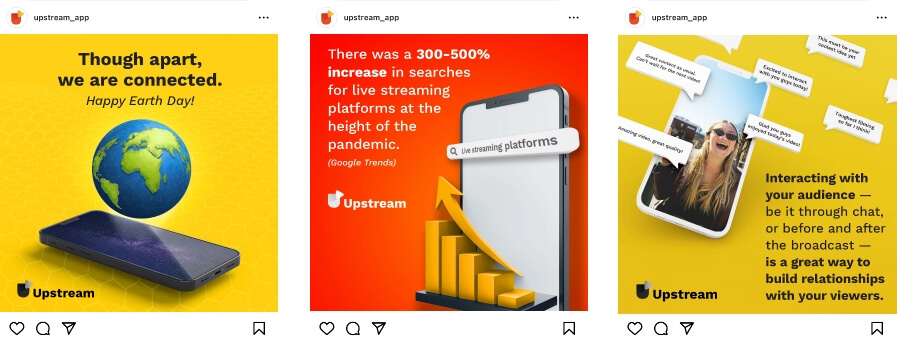
Social media platforms are your brand’s voice in the digital world, where you build awareness, start conversations, and foster community. Think of social media marketing as your distribution engine: it doesn’t replace your website, but drives people to it.
Pro Tip: You don’t need to be on every platform. Focus on where your audience is active, not just where trends live.
Email marketing campaigns remain one of the most effective ways to stay connected with your specific audience. It’s a way to bring back past visitors, nurture cold leads, and reinforce value for people who have expressed interest in your product or services.

SEO ensures your content gets seen organically, consistently, and at scale. It’s your long-term growth system, working in the background to bring in traffic without needing a paid boost.

Need traffic fast? Paid advertising delivers. Whether it’s Google Ads, Meta campaigns, or LinkedIn lead forms, paid channels give you access to audiences you can’t reach organically yet.

Together, these components form an ecosystem: content created on the website (or blog) fuels SEO and email newsletters, social media posts drive awareness back to the site, and paid ads inject new leads at the top of the funnel.
A cohesive digital marketing strategy ensures all your online channels reinforce the same message and strengthen your brand story. Ideally, none of your platforms—be it your website or social media—should operate in a silo.
The heart of effective digital marketing is a customer-first mindset.
You must know exactly who you’re serving and what matters to them. Hone in on the smallest viable market, a narrow niche of people united by shared values and needs. Then, tailor your strategy to that group.
Here are the steps to start building an online following for your brand:
Don’t target everyone as your potential market. This is a big (and costly) mistake often made by inexperienced marketers. Focus on a narrow group of people who share the values, pain points, and needs your product solves. As Seth Godin emphasizes, this is the smallest viable market—a community that’s enough to sustain your business, united by a worldview, not just demographics.
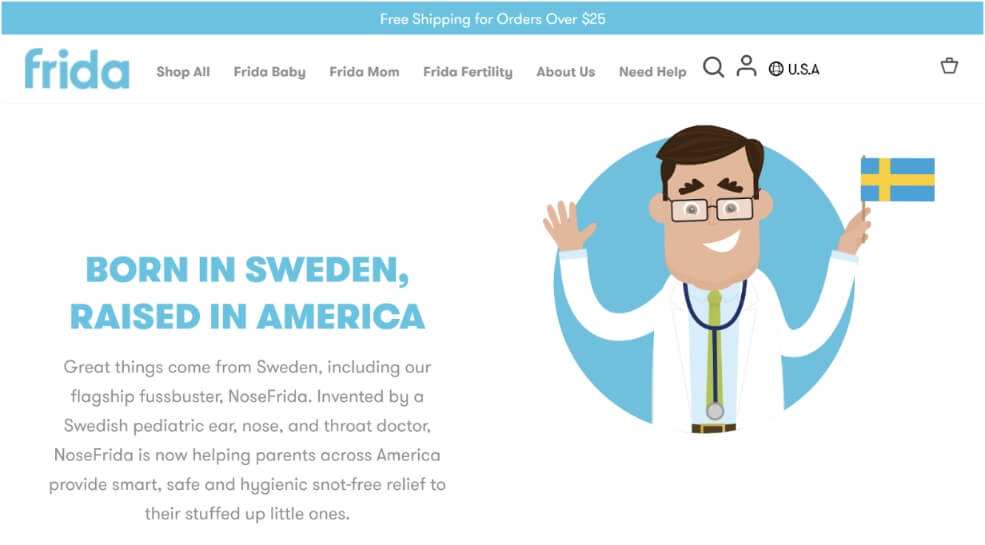
For example, Frida Mom, a brand specifically made to cater towards postpartum care for new moms who feel blindsided by the pain, mess, and discomfort of childbirth. https://frida.com/collections/frida-mom
Empathy isn’t just kindness, it’s strategy. Know your audience’s fears, goals, frustrations, and dreams. Only by understanding their emotional and rational drivers can you craft thoughtful, timely, and empathetic marketing that they are willing to hear. Your message should make your target audience feel known, heard and understood.
Ask: What are their goals, fears, frustrations, and dreams?
Don’t just list features, solve something. Your brand story should position your product as a helpful answer, not a hard sell. Position your offer as the solution, by building on your branding strategy and the information you gathered while researching the people you want to reach with your marketing message.
Make the audience feel understood before you ask to be heard.
Relevance builds rapport. Speak their language. Reflect their culture and values. Think of what your audience is trying to learn, become or achieve – staying constantly aware of that answer will help you to empower them and position you as an ally and an educator, rather than a salesman pitching just another product.
Trust takes time. When your messaging consistently aligns with their values, people begin to trust and advocate for your brand. This tribe-building approach (by intensely focusing your message on a core group) differentiates you from competitors and creates lasting relationships.
Loyalty grows when people feel seen, heard, and helped—consistently.
In summary, empathy and relevance drive success. By zeroing in on a clear audience and genuinely addressing their needs and aspirations, your marketing becomes meaningful and effective.
What is an integrated content strategy? In simple terms, it might look like:
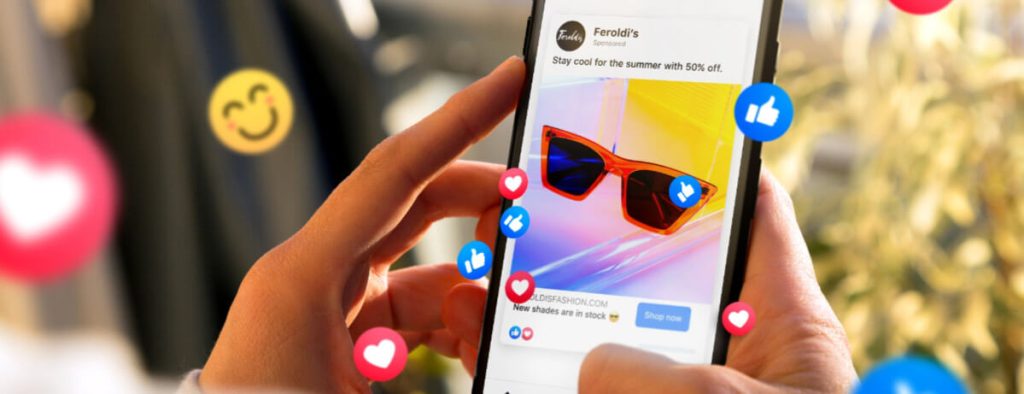
This cross-platform marketing strategy reinforces the message across multiples channels and maximizes your brand’s reach. Throughout the campaign, maintain the same brand voice and values that attract your target niche, because everything you publish is a reflection of your brand’s promise.
After accurately identifying the channels where your audience spends their time, the next step is figuring out the right kind of content that will reel them in.
Digital marketing thrives on content that is relevant, authentic, and aligned with the interests of your audience PLUS the purpose of your brand.
Here are five important guidelines to be mindful of when creating content:
1. Provide Real Value: Every piece of content—whether it’s a blog post, video, social update, or email—should be useful first, not promotional. Content that informs, inspires, or entertains builds trust and positions the brand as a reliable source. Over time, a collection of helpful, high-quality content encourages repeat engagement and strengthens brand credibility.
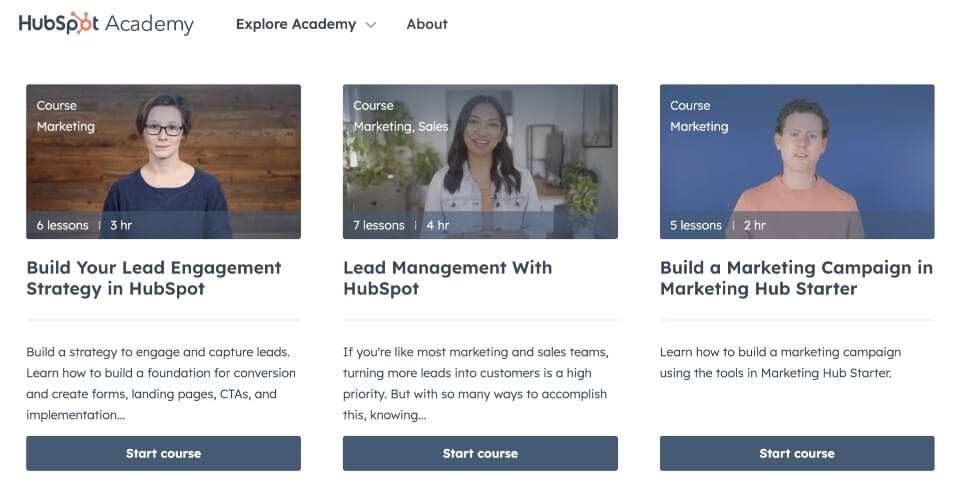
2. Be Authentic and Consistent: Your content voice should reflect your branding strategy, identity and mission. It needs to feel genuine to your audience. Avoid jumping on every viral trend unless it truly fits your business branding. One-off “me-too” posts may generate a quick spike in likes, but they won’t build long-term engagement. Instead, aim for steady, coherent storytelling. For example, brands like Patagonia continuously tell their sustainability story – followers don’t just buy clothes, they buy into a mission. That kind of sustained narrative fosters deep engagement.

3. Optimize for Search (SEO): Use keyword research to guide content topics. Incorporate target keywords naturally in titles, headers, and body text so search engines can index your pages. Remember, SEO best practices have evolved – prioritize writing high-quality content around a few relevant terms rather than stuffing in every variation. High-value content not only ranks better but also keeps visitors on your site, signaling to Google that your site is authoritative. However, relying exclusively on SEO is a double-edged sword as it can drive massive growth or significant losses depending on the updates of Google’s algorithm.
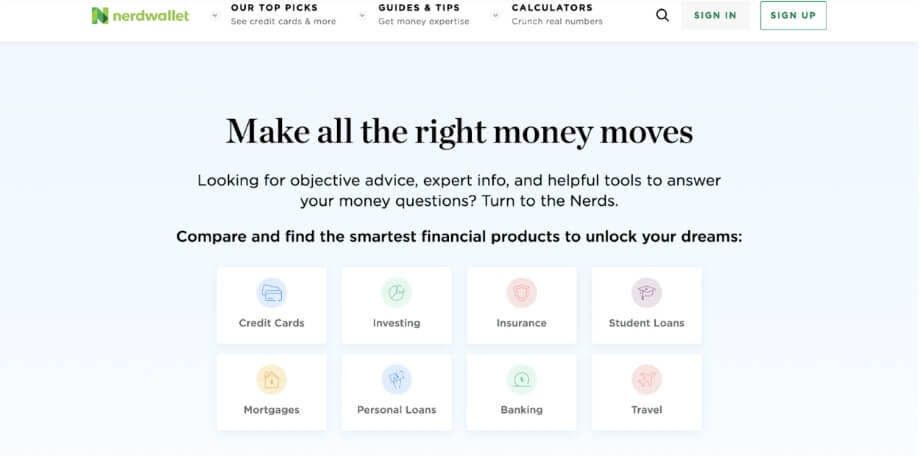
4. Diverse Formats: Reach different audience segments by mixing media. Short videos (Reels, TikToks) often get higher engagement rates (Sprout Social found Reels average ~2.1% engagement), while in-depth guides or podcasts attract others. Tailor the format to the platform and what your audience prefers. A B2B audience might appreciate long-form articles and webinars, whereas a younger audience might prefer quick social videos.
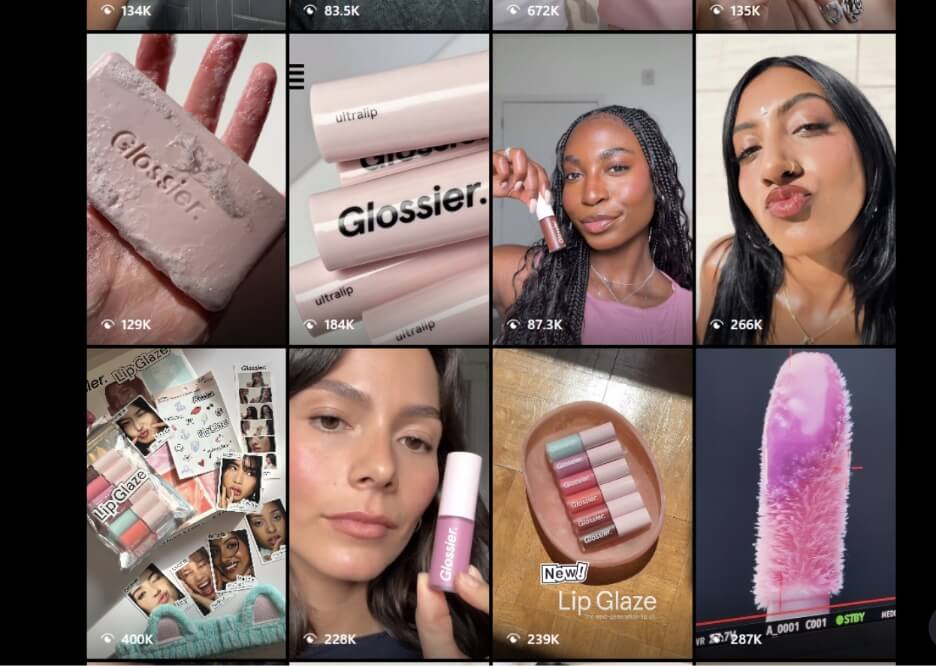
5. Engagement over Virality: True engagement comes from meaningful interaction – comments, shares, sign-ups, and repeat visits. Set realistic goals (e.g. increasing email subscribers or comments by X%). Track social shares and feedback to see what topics spark conversation. Remember that building an engaged community is a marathon, not a sprint. Quality content published consistently outperforms occasional viral hits in the long run.

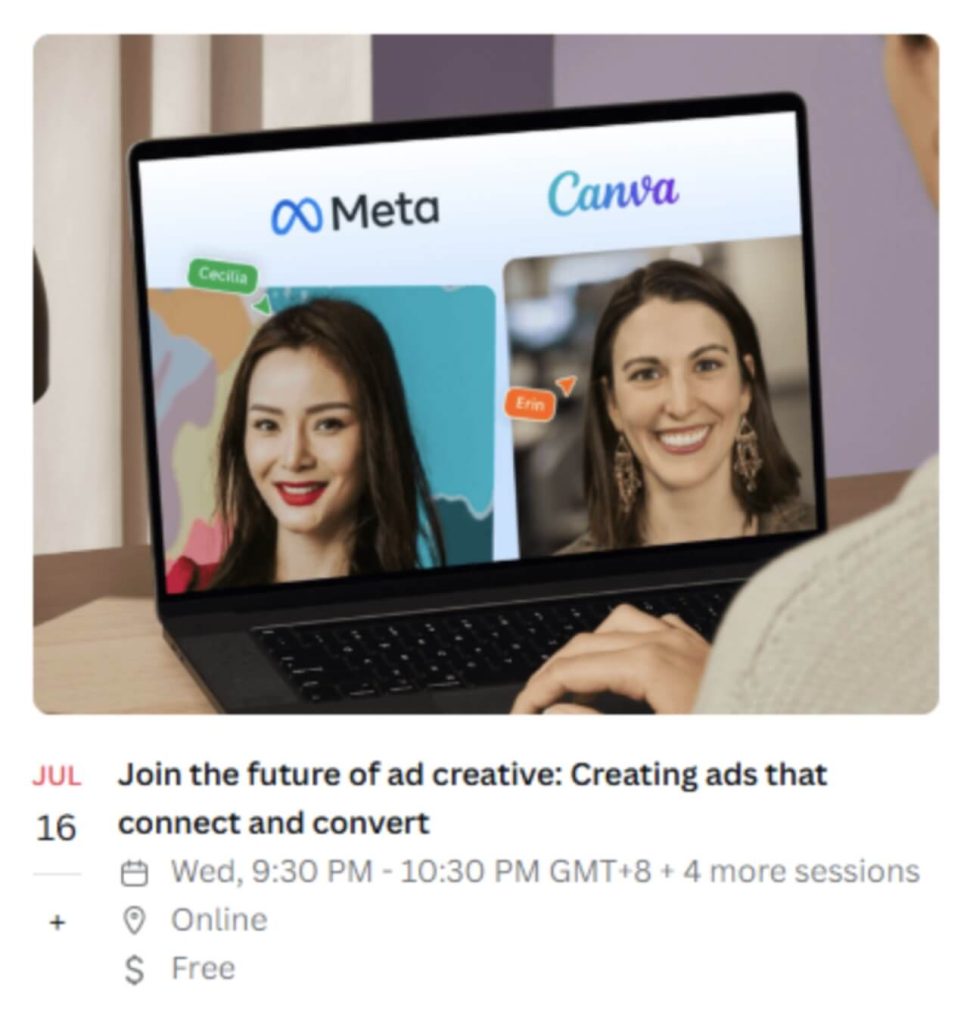
Data is the marketer’s compass. Every campaign should be tracked and analyzed so you can learn what’s working and where to adjust.
Here’s what you should know:
Before you can improve your marketing, you need to know what’s actually happening. Tracking the right metrics helps you understand user behavior, campaign effectiveness, and content performance. Tools like Google Analytics, social media insights, email software make it easier to monitor progress and adjust in real time.
Here are some of the most important marketing metrics to keep an eye on:
One of digital marketing’s major advantages is measurability. You’ll know exactly which ads, posts, or emails garnered attention. For example, you can see how many times a link was clicked, how long a visitor stayed, or how often emails were opened. Use this information to “fail fast” – if an ad or channel isn’t performing, cut it or tweak it quickly. Likewise, identify successful tactics and invest more in them. Over time you’ll refine your targeting and messaging by what the data tells you.
Compare your results against industry averages to set expectations. These exist to help navigate your next move and fill in the gaps where the marketing doesn’t work.
When in doubt, test it. A/B testing allows you to experiment with small variations—like subject lines, visuals, or CTAs—and see which version performs better. Even small changes (like a subject line tweak, which once raised opens by 11%) can accumulate into big gains. The principle is to let data drive decisions rather than guesswork.
When someone opens an email, clicks through to your site, and makes a purchase, that’s a multi-touch journey. You need to see the full picture of your marketing funnel to optimize your campaign analytics. If an email leads to a website visit, which then leads to a purchase, understanding that user journey allows you optimize each step of the marketing pathway. Always refine targeting, creative, and budget based on what the metrics reveal.
In summary, digital marketing is not a one-shot effort but a continuous cycle. The process of try, measure, adapt repeats indefinitely.
Here are 5 key strategies to maintain and continuously improve your digital marketing strategy and results:
Think of digital marketing as a marathon. It requires showing up consistently, listening to customers, and iterating based on performance data.
With a customer-centric approach and integrated use of digital channels, your startup or B2B brand can achieve steady, meaningful growth rather than relying on short-lived gimmicks.
Here’s the long-game digital marketing mindset at a glance:
That’s our aim at Atlas Rosetta advertising agency, where we believe any organization can achieve digital marketing traction and success with the right guidance.
Schedule a consultation with our digital marketing experts: https://atlas-rosetta.com/contact-us/
Sources:
Fill in your email address and start your marketing journey today!